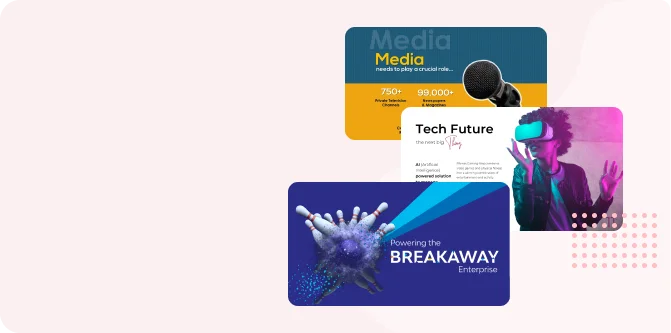At our design agency, we spend each day thinking about the visual and mental impact of the branding and messaging we put out into the world. The right image can elicit an emotional response or commitment from someone. The right testimonial can win over skeptics. But why? What is it about human brains that make them so receptive to certain communication techniques? These psychological secrets have always fascinated us.
What makes something persuasive? As it turns out, psychology and design both play key roles. Understanding core principles of persuasion along with how visuals enhance messaging can help us create content that resonates. In this post, we’ll break down research-backed techniques for convincing an audience—and how you can apply them in your projects.
The Principle of Liking
We tend to say “yes” to requests from people we know and like. Similartly, your target audiences are far more likely to agree to something if they already think highly of the person or company making the request. Brands can capitalize on this human tendency by cultivating an appealing, relatable image over time through their messaging and customer service. Additionally, choosing a spokesperson connected to the target demographic helps trigger this instinctive fondness and receptiveness. Each small thing beginning with showcasing corporate social responsibility to maintaining friendly social media presences offers a chance to build affinity over time.
The Principle of Social Proof
We look to what others do to guide our own behavior, assuming if many people do something, it must be correct and desirable. “If everyone else loves that new product or brand, surely I will as well!” So, you can therefore highlight your product’s popularity through customer reviews, testimonials, and sharing purchase volume or adoption rates to convince audiences to get onboard trends while they are hot. However, authenticity is key, your claims must be tied to verifiable sources, not vague hype.
The Principle of Authority
Esteemed experts hold heightened power to influence opinions. Brands can recruit recognized authorities like researchers and business leaders to validate their messages—for example, through quotes on websites or partnerships on awareness campaigns. Additionally, certifications from well-regarded institutions also boost perceptions of legitimacy.
The Power of Storytelling
Facts convince, but stories compel. Vivid anecdotes and testimonials allow customers to emotionally connect with messages, envision using products in their own lives, and bond more with the company behind them. Photographs, videos, podcast interviews, and other media help stories feel tangible rather than abstract.
55% of communication happens visually, so design plays a pivotal role in boosting persuasiveness. Clean layouts allow key information to stand out while visual hierarchy and whitespace prevent cognitive overload. Typography that’s readable yet unique also enhances recall. Pictures humanize data for higher relatability. Finally, on-brand color schemes and aesthetics reflect the emotions companies want customers to associate with their offerings.
Today, using timeless principles of psychology through words, deeds, and design is what gives messaging an advantage. After all, making informed decisions starts with being informed—and compelled—by content presented in impactful ways. What techniques does your brand leverage to connect with people? Let us know in the comments.






